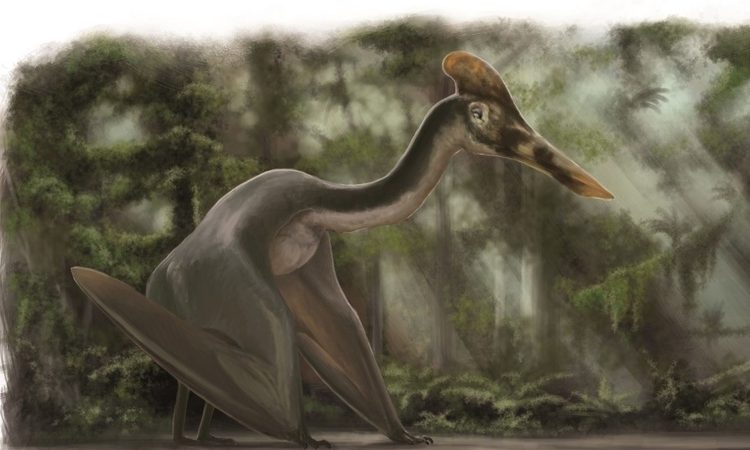
Imagine a pterosaur 12 feet tall with a wingspan larger than a London bus. This creature was real and may have been the largest flying creature in history.
The largest, nicknamed “Dracula” by scientists, was discovered in Transylvania, Romania. Although the exact species is not clear, it is believed to have belonged to the family Azhdarchidaea group of pterosaurs that lived in the late Cretaceous period and are known for their impressive size.
“Dracula’s” size raised questions about his ability to fly. If this pterosaur could fly, then it would probably have been the largest flying creature to ever exist on Earth.
However, the remains of this pterosaur were found fragmented, making it difficult to find a definitive answer. However, even some of the largest pterosaurs would most likely have been capable of flight.
The largest flying creature in history was nicknamed “Dracula”
Another important question is how this gigantic pterosaur, and others like it, managed to grow so large. Curiously, for animals known for their ability to fly, it seems that their huge size is largely due to their ability to walk on the ground, .
This is the conclusion of a new study published in the journal , led by researchers from the University of Leicester (England), who examined the evolution of pterosaurs through the lens of fossilized hands and feet of these ancient creatures.
Researchers discovered a distinct change during the Middle Jurassic period, when it became more similar to animals that lived on land.
“In early pterosaurs, the hind limbs were connected by a flight membrane that severely hindered walking and running,” explained Dr. David Unwin, co-author of the study.
“In more advanced pterosaurs, this membrane separated along the midline, allowing each hind limb to move independently. This was a key innovation that, together with changes in the hands and feet, greatly improved the mobility of pterosaurs on the ground,” says the researcher.
A crucial adaptation
it was the key that allowed them to reach gigantic sizes, Unwin explained. “Freed from the constraints of climbing, these later pterosaurs were able to grow to colossal sizes, with some species becoming the true giants of the Mesozoic,” he continues.
The findings of this study underscore why it is important to look beyond the obvious traits to make new discoveries.
“The fact that pterosaurs could fly is only part of their story. By exploring how they lived in trees or on the ground, we can begin to understand the roles they played in ancient ecosystems,” said lead author Robert Smyth.

